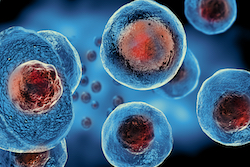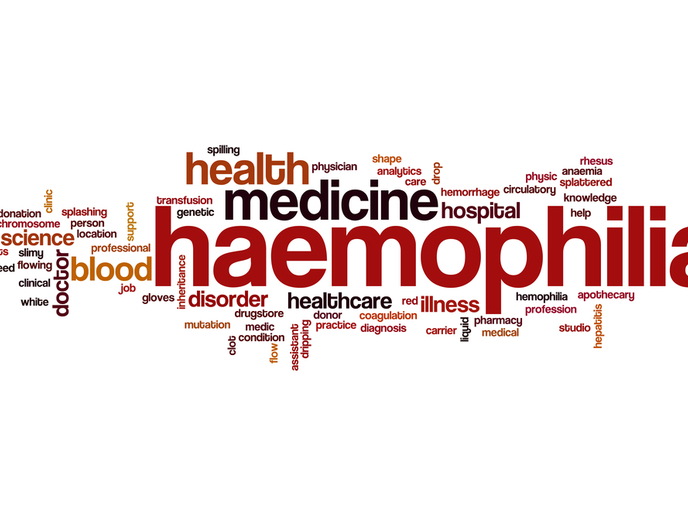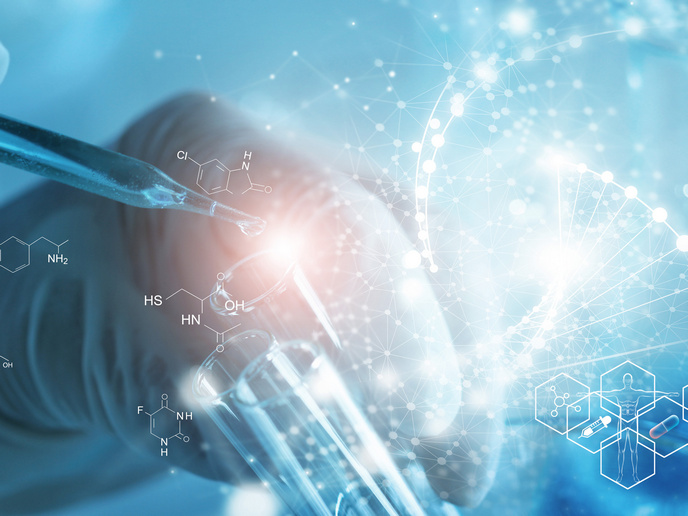Closer to a stem cell therapy for Huntington’s Disease
Huntington’s Disease (HD) presents a good clinical model for research into how stem cell therapy could repair the affected brain cells in a range of neurodegenerative disorders. HD is a devastating inherited disorder which causes damage and loss of certain cells in the brain. Sufferers slowly experience progressive loss of physical coordination and mental capacity, with most requiring fulltime care in the late stages. There is currently no known comprehensive treatment or cure. Because HD predominantly affects one part of the brain, it is a good target for neural transplantation, and due to the existence of a reliable genetic test which diagnoses it effectively, it makes a powerful model for clinical trials. HD also provides a robust test of the capacity of transplanted cells to repair neural circuits. The EU-funded REPAIR-HD project set out to generate all the elements necessary for a future clinical trial of pluripotent (capable of developing into any cell type) stem cell-derived transplants for HD. The first step was to improve the process of making stem cells differentiate into striatal medium spiny neurons (MSNs), the neurons most affected in HD. This process involved exposing the stem cells to various molecules to trick them into becoming immature MSNs, which can then mature into fully differentiated MSNs after transplantation into the brain. Out of the various pluripotent stem cells available, the team focused on human embryonic stem (hES) cells as the primary target for first-in-man proof-of-concept studies, as they are closest to clinical readiness. Testing human embryonic stem cell potential REPAIR-HD succeeded in developing an improved differentiation protocol for generating MSNs from hES cells and translation of that protocol for clinical application. This included gathering evidence of cell graft viability and safety, following transplantation into rodents and monkeys and validation of tools for following their progress. REPAIR-HD also developed new clinical assessments for HD patients and a fully documented protocol for a future clinical trial. As Professor Anne Rosser further explains, “We know from foetal transplants that correctly differentiated MSNs have the capacity to repair the brain in HD. However, foetal cells are difficult to source and raise ethical issues. Stem cells are a good alternative, as they proliferate in culture and can also be made to differentiate into all adult cells of the body.” The team first studied the development of the donor stem cells in laboratory culture systems, using a wide range of methods, such as antibodies to ascertain what sort of cells had been generated and electrophysiology to examine their characteristics. They then transplanted the cells into animals (rodents and monkeys) and used behavioural tests to see how the transplants affected the animals’ functioning. Clinical assessment tools were developed and tested in HD patients across partner labs, with the most effective tools selected through a partner workshop. The tools were then put together as a new battery of tests and the whole battery was trialled in each of the clinical centres, with patients tested at the start, one month later and a year later. An added benefit is that this new battery should be useful for testing the effect of a wide range of other potential therapies for HD. Implications for a range of neurological diseases REPAIR-HD’s results bring closer the prospect of a therapy for one of the commonest monogenetic diseases of the nervous system. If this therapy proves effective, it will lay the groundwork for a similar approach for a wide range of other neurological diseases. Reflecting on the project’s achievements Professor Rosser says, “We advanced work across a broad front, and now have a much more sophisticated understanding of the clinical translation challenges. We have set up a new global network to facilitate data sharing and discussion of these challenges.”
Keywords
REPAIR-HD, Huntington’s Disease, neurodegenerative, human embryonic stem cells, neural transplantation, differentiation, cell graft, foetal tissue, monogenetic disease, clinical translation, ethics







